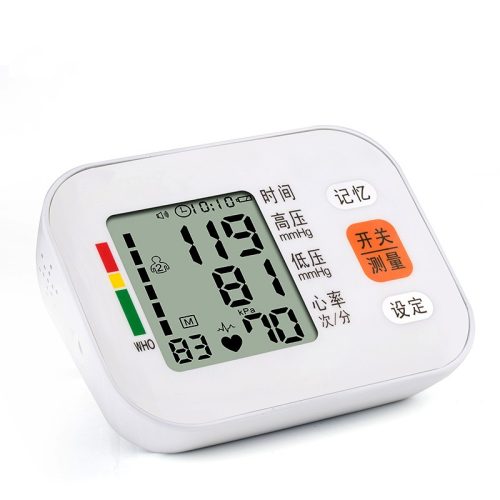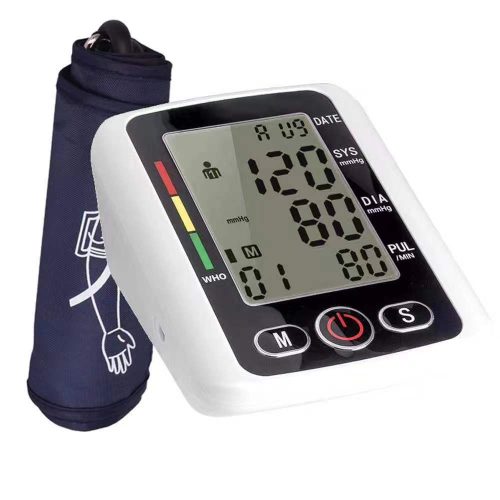Thermometers have evolved beyond traditional temperature measurement, finding innovative applications in various fields. Some of the innovative uses of thermometers include:
- Smart Home Integration: Modern thermometers are integrated into smart home systems, allowing users to monitor indoor and outdoor temperatures remotely using smartphone apps. These devices often provide additional data such as humidity levels, allowing for better climate control and energy efficiency.
- Food Safety Assurance: In the food industry, innovative thermometers are used to ensure food safety and quality. Wireless and probe thermometers equipped with Bluetooth technology allow continuous monitoring of food temperatures during cooking, ensuring that food reaches safe temperatures and preventing overcooking.
- Medical Wearables: Thermometers are now integrated into wearable devices, such as smartwatches and patches, allowing continuous monitoring of body temperature. This innovation has particularly become valuable in healthcare for tracking temperature trends and detecting early signs of illnesses or infections.
- Non-Contact Thermometers: Infrared thermometers offer non-contact temperature measurements, enabling quick and contactless readings. These thermometers find applications in various industries, including food processing, automotive, and healthcare, where maintaining hygiene or measuring moving objects is necessary.
- Environmental Monitoring: Remote sensing thermometers, including satellite-based sensors, are used for environmental monitoring on a large scale. These devices measure land and ocean temperatures, helping in climate studies, weather forecasting, and assessing environmental changes over time.
- Thermochromic Materials: Thermochromic materials change color with temperature variations. These materials are used in various innovative applications, such as “smart” clothing that changes color based on body temperature or temperature-sensitive labels that indicate temperature changes in products during transportation and storage.
- Thermal Imaging: Advanced thermal imaging cameras use infrared technology to visualize temperature differences in objects or surfaces. These cameras have diverse applications, from detecting heat leaks in buildings to monitoring equipment in industrial settings and even identifying medical conditions through thermal imaging of the human body.
- Precision Agriculture: In agriculture, infrared thermometers and thermal imaging are used for crop monitoring. These tools help identify areas with differing temperature patterns in fields, allowing farmers to make informed decisions about irrigation, pest control, and crop health.
- Materials Science and Research: Thermometers with extremely high precision are used in materials science research to measure and control temperatures in experiments involving superconductors, semiconductors, and other advanced materials.
These innovative uses showcase the versatility of thermometers beyond traditional temperature measurement, paving the way for advancements in various industries, healthcare, environmental monitoring, and consumer technology.


